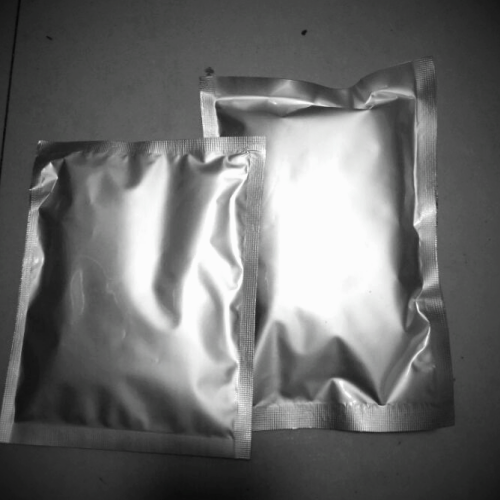Buy Artemether Powder Raw Medication Used for the Treatment of Malaria Online CAS 71963-77-4
Artemether Specification
Product Name: Artemether
CAS: 71963-77-4
Standard: Enterprise Standard
Level: Medical grade
Content: 99%
Appearance: white powder
Packing: 1/ Aluminum foil bag Detachable
Category: Pharmaceutical Raw Materials
Industry: Medicine
Area: Antimalarials
Deferred products: Artemether tablets Artemether injection
Use: Tablets against chloroquine falciparum malaria and sinister malaria
Dosage: 1. Commonly used in adults: 160mg of the first dose of oral administration, once a day from the 2nd, 80mg each time, even for 5-7 days; intramuscular injection, 160mg of the first dose, once a day from the 2nd , Each time 80mg, once every 5 days. 2. The amount of children commonly used: intramuscular injection, the first dose by weight 3.2mg/kg; the first 2-5 days by weight 1.6mg/kg, once daily.
What is Artemether?
Artemether is a medication used for the treatment of malaria. The injectable form is specifically used for severe malaria rather than quinine. It may not be as effective as artesunate. It is given by injection in a muscle. It is also available by mouth in combination with lumefantrine, known as artemether/lumefantrine.
Artemether Certificate of Analysis
| Product name |
Artemether |
| CAS No. |
71963-77-4 |
Outer Packing |
1kg/bag |
| Production date |
July 02,2017 |
Shelf life |
July 01,2019 |
| Standard adopted |
Enterprise standard |
| Items of analysis |
Specification |
Results |
| Appearance |
White powder |
Complies |
| Melting point |
86℃~90℃ |
87.8-88.0℃ |
| Optical rotation[α] |
+166°~+173° |
+170.3° |
| -0.25%≤impurities≤0.5% |
No most than one |
One |
| -Other single impurity |
≤0.25% |
<0.25% |
| -Total impurities |
≤1.0% |
0.14% |
| Sulphated Ash |
≤0.1% |
0.08% |
| Loss on drying |
≤0.5% |
0.23% |
| Assay by HPLC |
98.0%~102.0% |
99.90% |
| Conclusion |
Qualified |
Artemether Side effects
Possible side effects include cardiac effects such as bradycardia and QT interval prolongation. Also, possible central nervous system toxicity has been shown in animal studies.


